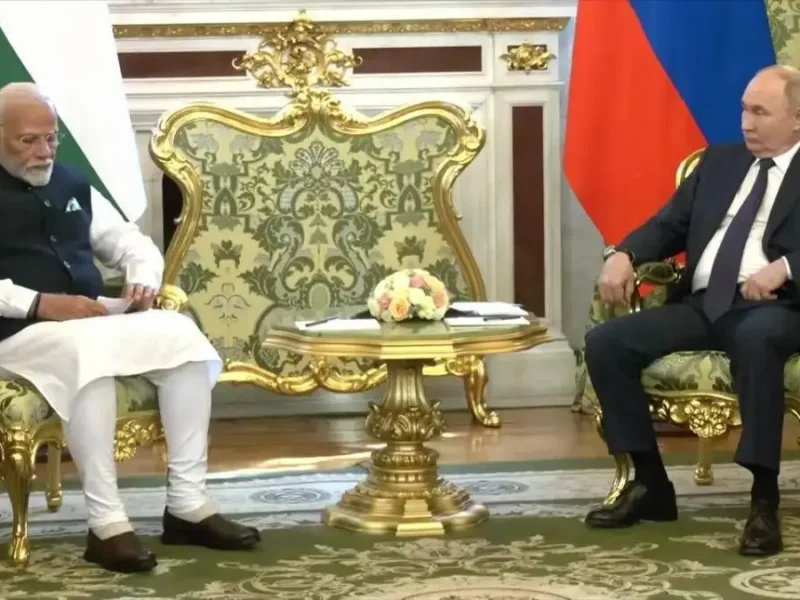As China Gets More Active In Tibet, It’s A Cause Of Concern For India
NEW DELHI, (IANS) – China’s might and ambition for securing the civilizational nation in all possible ways are well known. The most fundamental step in doing so is by securing the frontiers of a sovereign state — and in the path to that comes the small Himalayan nation of Tibet.
It is pertinent to recapitulate the history of Tibet about modern-day China for a clearer understanding of China’s policy on Tibet.
Clearly, China sees including Tibet as crucial to consolidating its borders and addressing defense concerns from the southwestern direction. In realizing this intent, many Tibetians and other commentators term Tibet’s reality as a “cultural genocide”.
Historical claims of Tibet being a part of China since the 13th century, Beijing’s policies on Tibet have largely been those of assertiveness and not of consultation.
Tibet had declared independence in 1911 and remained so until 1950, when China decided to “liberate” it.
The modern-day discourse dates to 1951, when China and Tibet signed the 17-point agreement, as per which China would keep away from Tibet’s traditional government and religion. China invaded Tibet in 1949-50 and established its control over large parts of it.
The Tibetans did not accept this agreement in the first place and even accused Beijing of violating it. The mounting discontent resulted in the uprising of 1959, which the Chinese suppressed and consequently, the Dalai Lama fled to India along with many followers drew more migrants subsequently.
Fast forward to present times, on May 23, 2021, the 71st anniversary of the 17-point agreement, a third White Paper was released during the tenure of Chinese President Xi Jinping. The first was released in 2015, and the second came in 2019.
They all largely pertain to the same notion that China helped liberate Tibet from a feudal-theocratic system, and since there has been development in the region, the credit for ensuring political autonomy and religious freedom was also acknowledged. Further, it proclaimed that it is some Western elements that intend to disrupt Tibet’s progress.
The last white paper additionally emphasizes on maintaining its grip on the Tibetan region, ensuring Chinese control over the selection of the next Dalai Lama, and reinforcing border management and development. There is also the aspect of “managing religion in the Chinese context” and “guiding Tibetan Buddhism to adapt to socialist society.”
So, for China to go by its plan means firming up its frontiers—and this plan means extending its authority over Tibet.
China is known to handle Tibet with a heavy hand and with this increased precarious proximity to India, the concern is one to heed closely, especially with reference to worrisome developments in Doklam and Galwan.






VIJAY
/
Indian leaders have been sleeping at the switch while China continues to crawl into India’s neighbors inch by inch. Cowards like Man Mohan Singh even hid such facts from the Indian people. Shame! I hope Mr. Modi will change that.
September 7, 2023